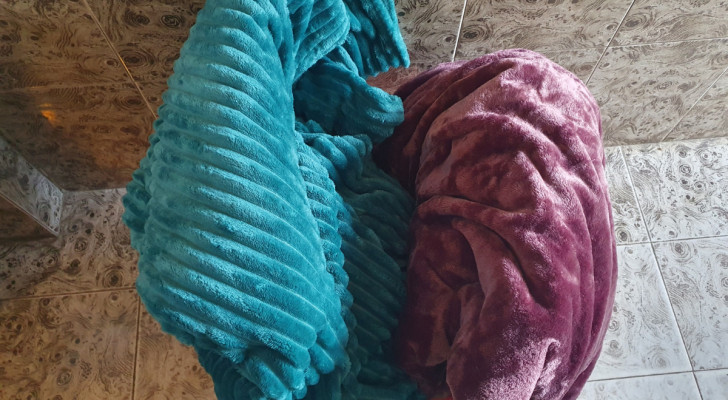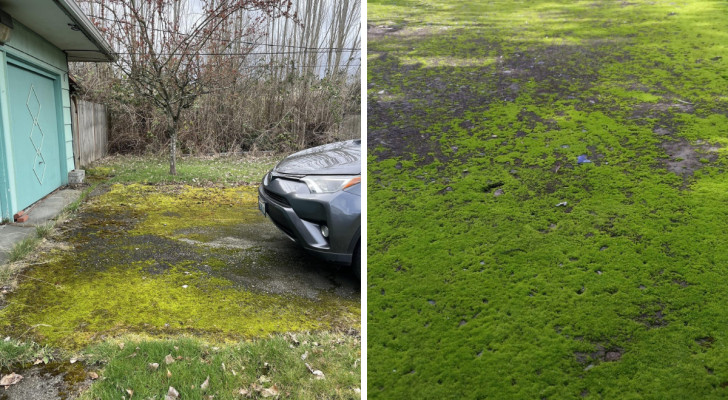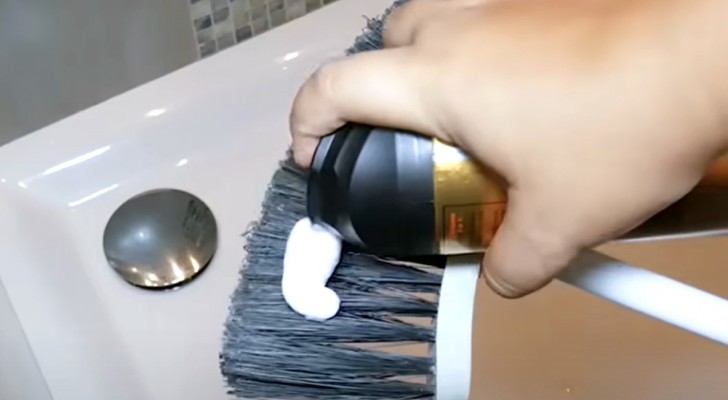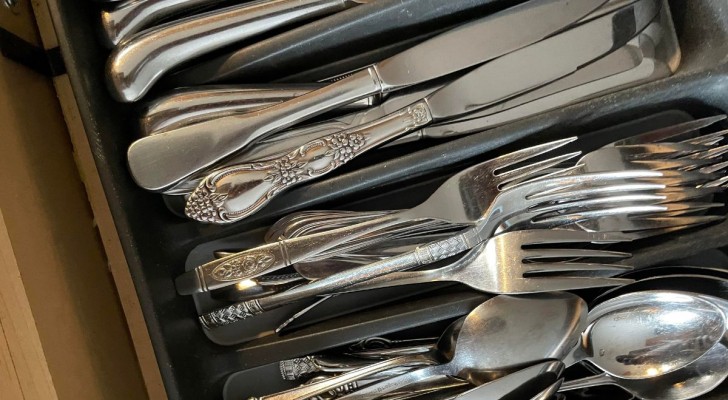DIY repellents and traps to keep cockroaches out of the home

There are many animals that can enter our homes, depending on where we live, but there is a category of pests that can creep almost everywhere, namely that of cockroaches.
These animals feed on food residues in the garbage, but also on the excrement or the bodies of other dead animals. Therefore, if we find them walking along the kitchen surfaces, there is a risk that they can contaminate the food we ingest: contamination of the surfaces by even a single cockroach could lead to the spread of harmful bacteria such as E. Coli or salmonella, and their body can harbour bacteria that cause human digestive diseases. Additionally, the feces or skin discarded by cockroaches can stimulate breathing problems in humans, such as asthmatic reactions. If they are ingested by our pets they could cause reactions, especially if by chance dogs and cats come into contact with insects killed by insecticides.
If we also consider the damage caused to the materials of the wallpaper, baseboards, books and documents that they can eat, the presence of even just a few cockroaches in the house becomes an alarm bell to prevent the infestation from degenerating and making It is necessary to call a professional pest control service, the only one that can effectively eliminate large quantities of insects from our homes.
It is one of the oldest categories of animals still existing on Earth: there are fossils that date back to over two hundred million years ago, and this means that cockroaches are able to adapt to many environments and changes. In a nutshell, this makes them difficult to eliminate animals, which is why the repellents used for pest control contain very aggressive chemicals and therefore potentially harmful to our health and our four-legged friends.
However, there are a number of less invasive home remedies we can try to repel these unwanted guests.
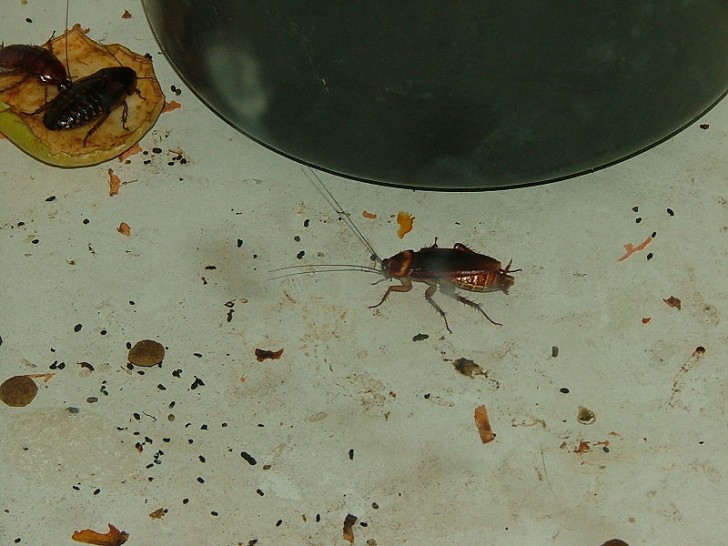
Fresh coffee grounds
A place in the house where it can happen more often to see cockroaches is near the coffee in the kitchen: it is believed that coffee attracts them, but more likely these animals are attracted to sugar or any residual food next to the coffee. So by keeping the sugar in a distant place and being careful not to leave any food residues around, you avoid attracting them.
As for coffee in particular, the caffeine in it is actually lethal for these insects.
So a natural method to eliminate them and keep them away is to sprinkle coffee grounds that are still fragrant enough where they come and go in the kitchen: it is the position that is most likely to force them in some way to ingest the caffeine that kills them.
Baking soda and sugar
Instead, cockroaches' weakness for sugar can be exploited to induce them to ingest baking soda, another highly poisonous substance to them. The method is simple:
just fill a saucer, or even the old jam jar lids, with a mix of baking soda and fine sugar in equal parts. There are those who recommend adding vitamin C in powder form or baking powder, but even without the remedy it works.
Arrange everything in a spot where it seems there is the greatest presence of cockroaches, and let them feed on them. Cockroaches are always looking for food, so they are more likely to show up in the kitchen: then this and other traps can be placed under the oven, under or behind the refrigerator, under sinks and kitchen cabinets. Every two or three days check if there is a need to refill the saucers.
Boric acid
This ingredient is perhaps the most effective, because it is highly toxic to cockroaches, but it is to be avoided absolutely in homes where there are also children or pets.
In fact, boric acid dehydrates the body of cockroaches, causing damage to their digestive system and exoskeleton, eventually leading to their death.
This is also easy to use: just pour a little into a small container just like with baking soda, and let it work. Otherwise, it is possible to use it in another way, along with flour and sugar, which attract these insects.
In fact, if you combine boric acid, flour and sugar in equal parts, mixing with a few drops of water to create a malleable paste, you will have prepared a very effective do-it-yourself pesticide trap: in fact, you just need to detach small portions and arrange them in the places where you think there are more cockroaches coming and going, and they will feed on them. Remember to always wear gloves when handling boric acid, and not to use utensils that you then want to reuse in the kitchen.
If you want to do it even faster, instead of making the dough with flour, you can mix a little boric acid with peanut butter.
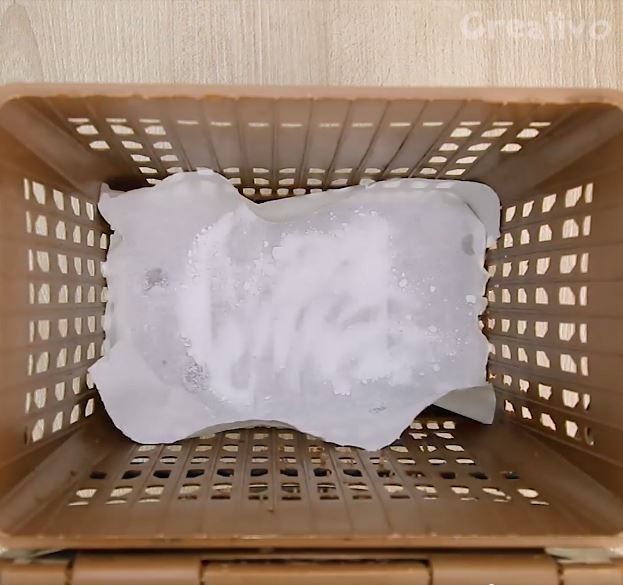
Creativo
The box with adhesive
Another effective method to eliminate these insects is to use box-shaped traps that have a bait and adhesive glue inside them from which these animals cannot escape, eventually dying. There are many on the market, and they do not contain toxic elements, but it is also possible to prepare them very easily at home.
In fact, it is sufficient to use any cardboard box, insert adhesive tape such as the canvas ones, which are very sticky, so that the sticky side remains facing upwards (therefore folding underneath only the ends, which enter in contact with the carton). To attract insects, you can use food, or sugar, or better yet, a spoonful of peanut butter with sugar. It will be necessary to check every two or three days and eventually create a new trap if the first is full.
Spices: pepper, garlic powder, onion powder
Cockroaches do not tolerate the strong odors of spices, as well as other insects: you can therefore use these that have a decidedly pungent aroma simply by pouring them around the house, preferably where you have identified the access points of the cockroaches, and every month renew the remedy with new spices.
Laurel
Laurel plants are among those that in the garden or balcony help to keep away many unwanted insects, and bay leaves are particularly unwelcome to many animals of this category due to the eucalyptol contained within them, thus acting as a natural repellent. which for us is indeed pleasantly scented. You can then place the leaves where you don't want the beetles to arrive, in bags or bowls.
Catnip
Research from Iowa State University has shown that catnip is an effective natural repellent for cockroaches and other insects. You can therefore grow this plant near your home, on the balcony (it is loved by bees and butterflies, which makes it a great choice for the environment) or maybe even right at home, on the kitchen window sill where cockroaches and cockroaches could circulate. ants.
This way you will always have leaves ready to dry: it is in fact the infusion of these dried leaves that, sprayed around the house, works as an excellent natural repellent.
Diatomaceous earth
Diatomaceous earth, also known as diatomaceous earth or diatomaceous earth, is a powder obtained from the fossil sediments of unicellular algae called diatoms. It is used in many food supplements, acts as an effective insect repellent (and also keeps dog and cat parasites away). In fact, when animals such as cockroaches ingest it, the diatomaceous earth absorbs the liquids and fats of their exoskeleton and ends up dehydrating it, and thus leading them to death.
You can then spread it on the ground around the house or in strategic points inside. A sprinkling of it is really enough, and you can use it alone or even mixed with cocoa powder and flour, so that insects are attracted to it. If you have dogs or cats at home, do not use cocoa and in any case, even if this land should be safe for animals, always follow the instructions on the package to be able to use it in the safest and most effective way.
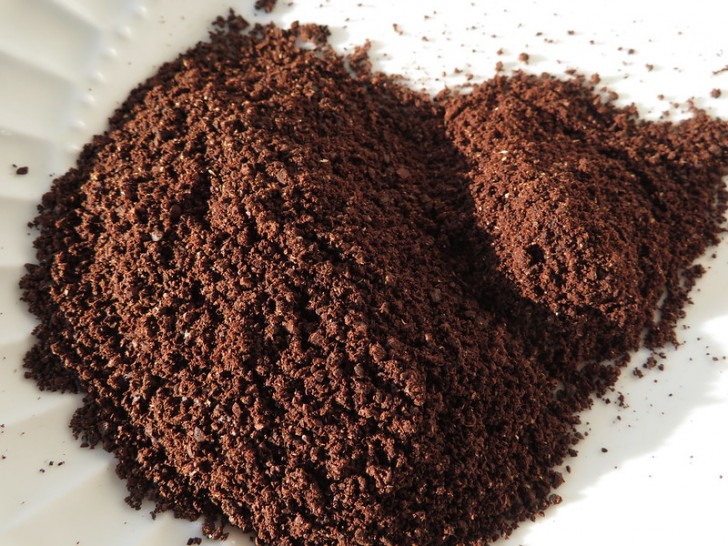
Forest Starr and Kim Starr - Flickr
Neem oil (or powder)
Neem oil or powder are extracted from the seeds of the Neem tree, and contain azadirachtin (or azadirachtin A), which is a limonoid used in agriculture as an insecticide, acaricide and biological nematicide. This acts on the hormones of cockroaches, preventing them from reproducing, and is also effective as an insecticide on younger specimens.
Essential oil of teatree
The aroma of tea tree essential oil is very unwelcome to many insects, including cockroaches. It is also a substance with antibacterial and antifungal properties that helps maintain hygiene at home, so using it is pleasant and beneficial from many points of view. To obtain a repellent, mix 3 tablespoons of tea tree oil with 3 tablespoons of vinegar and half a liter of water, pour into a spray bottle and spray where needed, always shaking well before use.
Other essential oils
In addition to the essential oil of tea tree, you can also use those of cypress, peppermint, cloves, lavender, eucalyptus in a similar way. Just pour a few drops (even abounding, and even mixing them in the combinations you want) into a bottle of water (there are those who add a little salt), and then spray everything at home and around the external perimeter.
Other traps
When it's already late for repellents and you want to use do-it-yourself traps, like the one in the box with adhesive, you can also use old glass jars on whose walls you have spread petroleum jelly, choosing a food-based bait that will attract them. to be placed on the bottom. The viscosity of the petroleum jelly will make it impossible for these insects to get out of the container.
It seems that cockroaches (and other insects) are also attracted to the smell of beer. So when you have little less than a sip left in the bottle, leave it, then run a finger soiled with oil inside the neck, and you will get a trap that works in a similar way to that with petroleum jelly.
If none of these remedies are sufficient, it means that the situation is serious enough to call professional pest control services.

